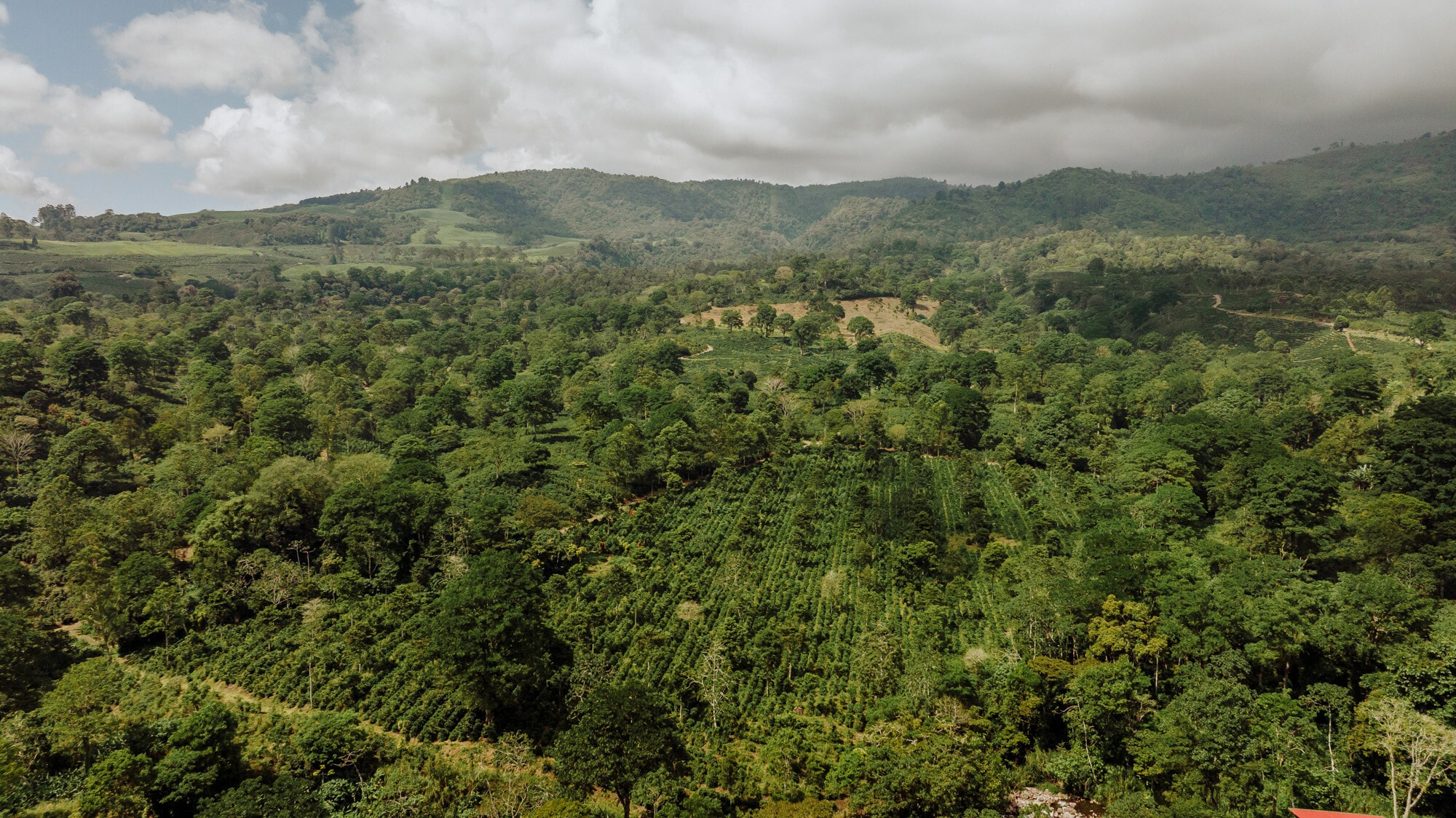A hot March and space helicopters: the stories you might have missed last week

March 2020 was the second warmest on record.
Image: REUTERS/Matthias Rietschel
Stay up to date:
Food Security
- March 2020 was the second warmest on record.
- The first-ever power-controlled flight on another planet will be attempted by the small Mars helicopter attached to the Perseverance Rover.
- A massive siphonophore, thought to be the world’s longest animal, has been discovered off the coast of Australia.
- Massive growth in Canada’s feral pig population is causing environmental concerns.
1. The second warmest March on record
The average global land and ocean surface temperature across the globe in March was 1.16 degrees Celsius above the 20th Century average. That makes it the second hottest March in 141 years of record keeping.
It continues a clear trend, with the 10 warmest Marches on record all occurring since 1990.

2. Helicopter passes its final tests before deployment to the Red Planet

It weighs 1.8 kilogrammes, and has a wingspan of only 1.2 metres, but it could revolutionize space exploration.
After successfully passing final prelaunch tests on its rotor blades, the Mars Helicopter has been attached to the Mars 2020 Perseverance Rover - the robotic vehicle that NASA plans to send into space in July 2020.
As part of a series of missions paving the way for human exploration of Mars, Perseverance will look for signs of ancient life, and collect rock and soil samples.
The helicopter will be deployed for test flights around two and a half months after the rover lands in February 2021. It will be the first aircraft in history to attempt power-controlled flight on another planet.
It will initially rely on the rover for power, but then generate its own source of electricity via solar panels embedded above its rotators.
Accept our marketing cookies to access this content.
These cookies are currently disabled in your browser.
The helicopter was designed to demonstrate the potential for aerial flight on Mars, enabling greater mission scope in future.
3. Huge deep-sea creature looms in underwater canyon

A gigantic spiral sea creature spotted in Western Australian waters is thought to be the longest animal ever recorded.
Known as a siphonophore, the gelatinous specimen is believed to be 150 feet (46 metres) in length. A siphonophore is a floating colony of tiny, specialized individual animals that clone themselves thousands of times to create one big string working together.
This one was discovered during an expedition in the underwater canyons close to Ninagaloo, near Perth. Using an underwater robot, scientists completed 20 dives at depths of up to 4,500 metres over 181 hours of exploration. As well as the siphonophore, they found as many as 30 new underwater species, including glass sponges, long-tailed sea cucumber, and bioluminescent octopus squid.
The images and samples collected on the expedition will provide important information to help protect fragile underwater ecosystems - in Australia and around the world - from rising ocean temperatures and other environmental threats.
4. Super pigs trampling the landscape in central and western Canada
After years of research, the scale of the problem has become clear: feral pigs, some weighing nearly 300 kilograms, have expanded their territory in Canada to cover almost 800,000 square kilometres - wreaking ecological havoc as they go.
When some of the wild boars first introduced to Canada in the 1980s and 1990s as livestock escaped or were set free, they mated with domestic animals, creating so-called “super pigs” that are impervious to the cold, highly adaptable, and extremely fecund. The creatures have been known to build shelters, which researchers have dubbed “pigloos”, in snowy conditions.
Analysis looking at 30 years of data found that the pigs dramatically increased their territory over that time, particularly in more recent years when their territory by 88,000 square kilometres a year. They are encroaching upon land primarily in the Prairie provinces, but also in British Columbia, Ontario, and Quebec.
In research published in Nature Scientific Reports, Ryan Brook and Ruth Aschim of the University of Saskatchewan describe the animals as “an ecological train wreck”. They turn over soil, worry livestock, carry communicable diseases like swine fever and eat almost anything in their path.
In the United States, which has experienced similar problems with wild boar invasions, agricultural losses caused by marauding pigs have been estimated at $1.5 billion a year.
Researchers say that having current data on the location of invasive species is vital to effective management.
Don't miss any update on this topic
Create a free account and access your personalized content collection with our latest publications and analyses.
License and Republishing
World Economic Forum articles may be republished in accordance with the Creative Commons Attribution-NonCommercial-NoDerivatives 4.0 International Public License, and in accordance with our Terms of Use.
The views expressed in this article are those of the author alone and not the World Economic Forum.
Related topics:
Forum Stories newsletter
Bringing you weekly curated insights and analysis on the global issues that matter.
More on Food and WaterSee all
Lars Holmquist
September 17, 2025
Tania Strauss and Beverley Postma
September 17, 2025
Juliana Jaramillo
September 8, 2025
Jean-Philippe Salcedo
August 29, 2025
Luna Atamian Hahn-Petersen and Silje Hansen Eeg
August 26, 2025







